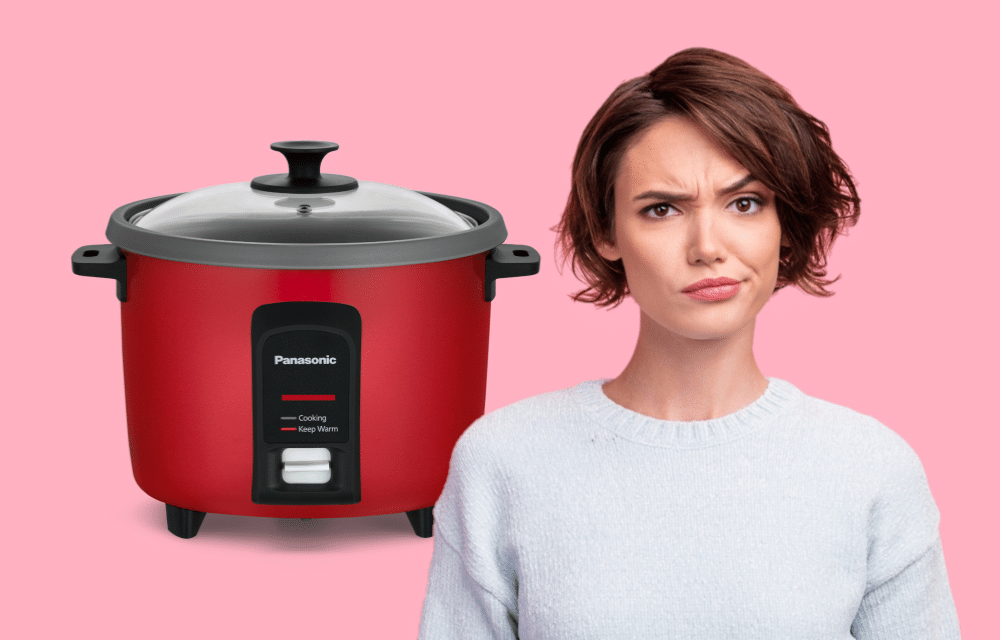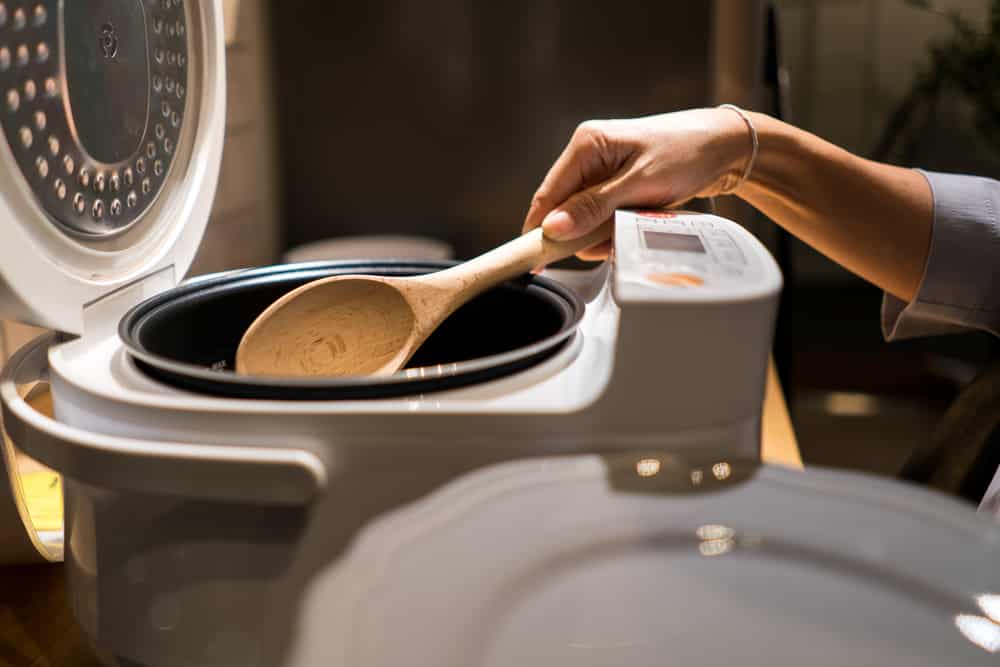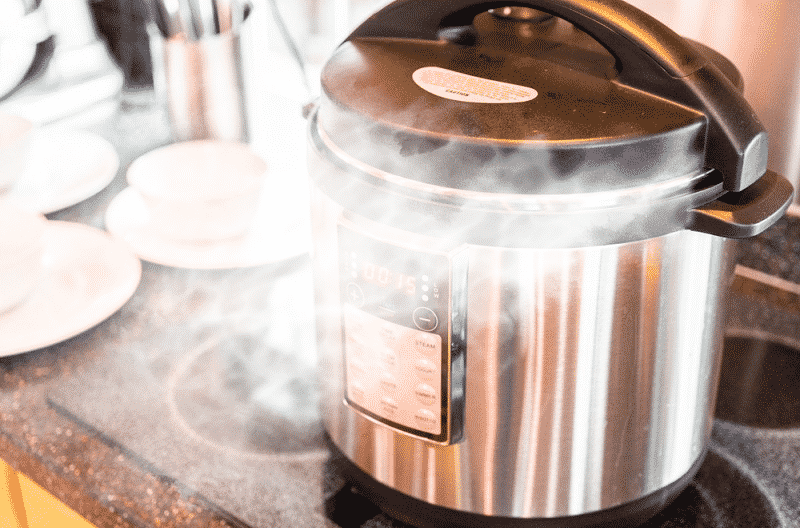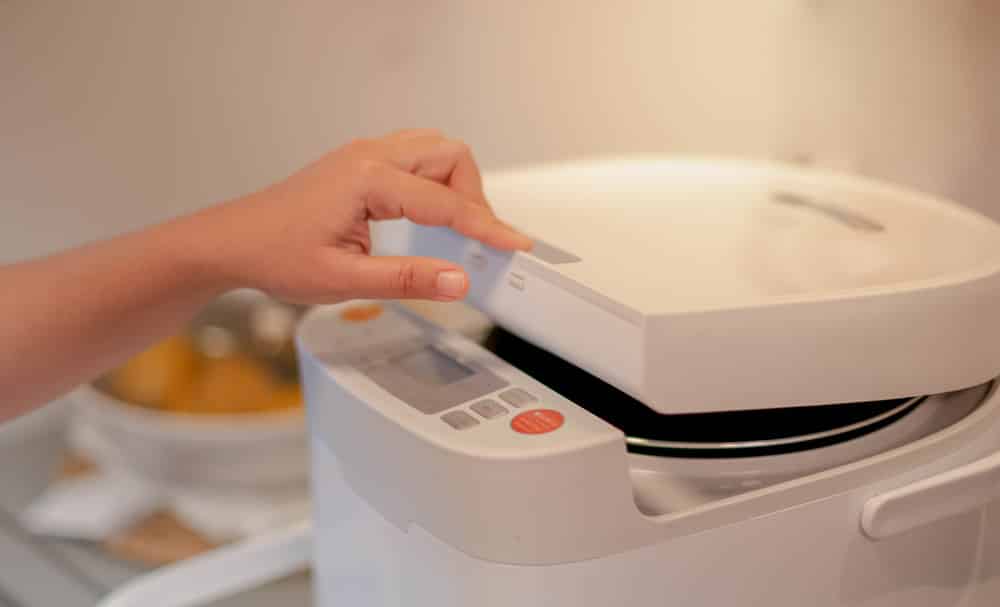
Brown rice, in particular, can be a good source of energy. The healthiness of rice can depend on the type of rice you cook and its preparation method. A rice cooker is a nifty appliance in the kitchen that can give your perfectly cooked rice.
What about the Panasonic rice cooker? Is the brand any good?
The Panasonic brand
The Japanese multinational electronics manufacturer was established in 1918. There are very few households around the world that don’t have an appliance from the Panasonic brand.
You can trust Panasonic with your appliances, and they manufacture some of the best rice cookers.
The cookers come in different capacities
They produce a variety of these cookers with different features and specifications. The cookers come in different capacities, from one-cup to 10-cup models. The cookers come with various features, and their designs can also vary.
You can expect fluffy, light rice that is perfectly cooked every time. If the Panasonic rice cooker does this for your rice, can it be counted as reliable? Does it possess all the features you want?
The electronic kitchen appliance does have some cool features that make cooking rice a breeze. Can things go wrong with the Panasonic rice cooker? You certainly don’t want to be troubleshooting – diagnosing, and fixing problems all the time.
We’re going to look at 7 common Panasonic rice cooker problems and how to fix them.
Common Panasonic Rice Cooker Problems
1. Your rice cooker isn’t working
This could be a blown thermal fuse problem. It needs to be fixed as it protects the unit from overheating. You’re going to need to replace the fuse yourself or call an electrician.
Check the power cord and plug for any loose connections. If your rice cooker doesn’t turn on, check the power source. The unit may not be properly connected to the power source.
2. Display doesn’t switch on
The display on the cooker usually includes information such as cooking time, timer settings, as well as error messages. If the display isn’t working, it could be a fuse issue or a display malfunction.
The display itself could be flickering or flashing so that you find it difficult to read. A loose connection could be causing this. Then again, the display may not turn on at all, rendering the cooker as useless.
You could try to reset the unit by unplugging it and then plugging it back in. If this doesn’t rectify the problem, it would be better to contact Panasonic’s help center.
3. Error code
This tells you of some kind of malfunction. An error code on a rice cooker is a message that appears on the device’s display panel.
The error code can vary according to the model of the appliance. They’re helpful in identifying a problem with the appliance. Then it will need to be repaired.
E1 is an error code that is telling you that there is a problem with the heating element of the cooker. A problem with the temperature sensor will give you an E3 error code.
If you’re perplexed about these error codes, check out the user manual to see what the code means. An error message usually requires you to call an authorized Panasonic service center so they can guide you over the phone.
4. Excessive steam escaping
It is normal for steam to escape from your rice cooker. However, too much ongoing steam could be indicative of a problem. The seal on the cooker should keep the steam inside. If the seal is damaged, steam will escape.
The seal will need to be replaced. If you don’t follow instructions and you overfill the cooker with water or rice, lots of steam will escape. That is why you need to follow the manufacturer’s instructions for filling the cooker.
5. Jammed lid
Food can so easily get stuck between the lid and the pot. First, unplug the unit before you investigate it. You may need to clean up food particles around the lid, and this needs to be done every time you use your pot.
Also, it could be that the lid is actually bent. This can cause the lid to jam. It may require you to replace the lid.
6. The rice cooker keeps switching off
Always make sure that the rice and water measurements are correct. If the problem continues, the thermostat may be damaged and will require replacement. To avoid issues, replace the thermostat so that temperatures can be regulated correctly.
If your rice cooker overheats, it will shut off automatically to prevent fire. Always make sure that the rice cooker is never placed near a heat source. Also, make sure that the air vents aren’t blocked.
7. Not following instructions
Users of kitchen appliances often don’t bother to follow instructions on how to use the appliance. This information is found in the owner’s manual that comes with the appliance.
The manufacturer’s instructions provide guidance on how to use the rice cooker. Not following the instructions can lead to a range of issues.
These can be damage to the cooker, poor performance, or a reduced lifespan. Read and follow the instructions provided with the rice cooker.
Always follow the manufacturer’s instructions
Panasonic rice cookers are known for their quality and durability. If you look after your cooker well, it can last for many years. To ensure that your Panasonic rice cooker lasts well, always follow the manufacturer’s instructions for use.
Buy a Panasonic rice cooker with a warranty. The warranty can provide protection and peace of mind. Most rice cookers from Panasonic come with a one-year warranty, but some models may have a longer warranty period.
These rice coolers are known for their reliability and longevity, and you won’t have problems if you look after them and follow the manufacturer’s instructions for their care.


